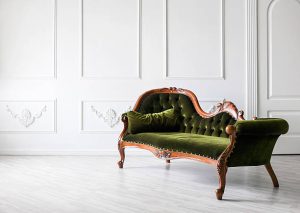In the realm of interior design and collectibles, antique trends have always fascinated enthusiasts and design aficionados. As we progress through 2023, a wave of antique trends has emerged, combining the beauty of the past with the allure of the present. Many trendy pieces can be found by researching, learning, and shopping at reputable antique dealers like the Old & New Shop.
Current Trends
- Sustainability and Conscious Consumption
One of the prevailing themes in 2023’s antique trends is sustainability and conscious consumption. With increasing awareness of the environmental impact, people are turning to antique pieces as a way to reduce waste and promote a circular economy. By repurposing and reusing vintage items, individuals are not only preserving history but also adding a unique charm to their spaces.
- Art Deco Revival
The timeless elegance of the Art Deco movement experienced a revival in 2023. This iconic design style from the 1920s and 1930s has captivated the imagination of interior designers and antique collectors alike. Bold geometric patterns, luxurious materials, and sleek lines define this trend. From furniture to lighting fixtures, Art Deco pieces effortlessly infuse spaces with glamour and sophistication while blending the past and present.
- Mid-Century Modern Magic
Mid-Century Modern continues to hold its reign as a prominent antique trend in 2023. Known for its clean lines, organic forms, and functional designs, this aesthetic exudes timeless appeal. Vintage furniture from the 1950s and 1960s, such as Eames chairs or Danish teak sideboards, have become coveted pieces that seamlessly integrate into contemporary spaces. The blend of minimalism and warmth characteristic of Mid-Century Modern designs creates an inviting ambiance.
- Statement Lighting
Lighting has become an integral part of interior design, and antique lighting fixtures are making a strong statement in 2023. From elegant chandeliers to unique floor lamps, these vintage pieces provide a touch of grandeur and uniqueness to any space. Restored antique lighting fixtures not only illuminate a room but also serve as conversation starters and focal points.
- Eclectic Mixes and Personalization
The rise of eclectic mixes and personalized spaces has given antique trends a new dimension. People are no longer confined to one specific era or style; instead, they are freely blending antique pieces from different periods to create one-of-a-kind interiors. A Victorian chair might sit alongside a mid-century side table, and a vintage rug might anchor a contemporary living room. This trend celebrates individuality and creativity, allowing for truly unique and personal spaces. Personalized preferences are certainly an example of antique trends mixing the past and present.
Antique Trends: Blending Past and Present
As 2023 progresses, antique trends are captivating interior design enthusiasts with their sustainability, elegance, and charm. From the revival of Art Deco to the continued popularity of Mid-Century Modern, these trends showcase the enduring appeal of vintage pieces in contemporary spaces. Beautiful and trendy pieces can be found by visiting reputable dealers like experts at the Old & New Shop. By embracing antique trends, individuals can create spaces that tell stories and reflect their unique personalities.

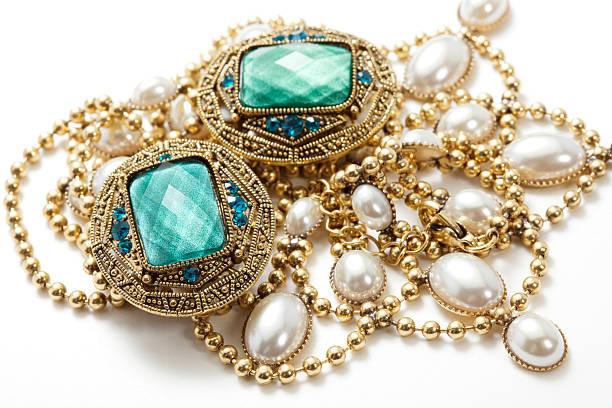
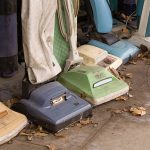

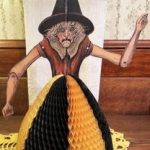
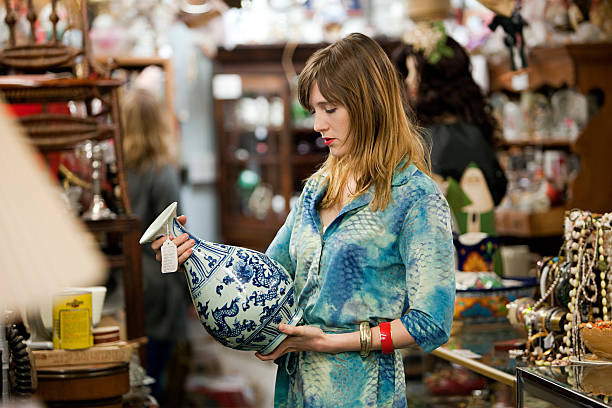 There is so much fun in shopping for antiques. Sometimes, we find the best items from the flea market and in specialized shops. From hand-painted teapots to ornate sofas, these antiques make an excellent addition to your home. An antique shopping guide will help!
There is so much fun in shopping for antiques. Sometimes, we find the best items from the flea market and in specialized shops. From hand-painted teapots to ornate sofas, these antiques make an excellent addition to your home. An antique shopping guide will help!